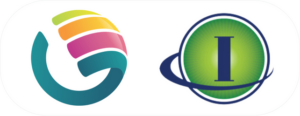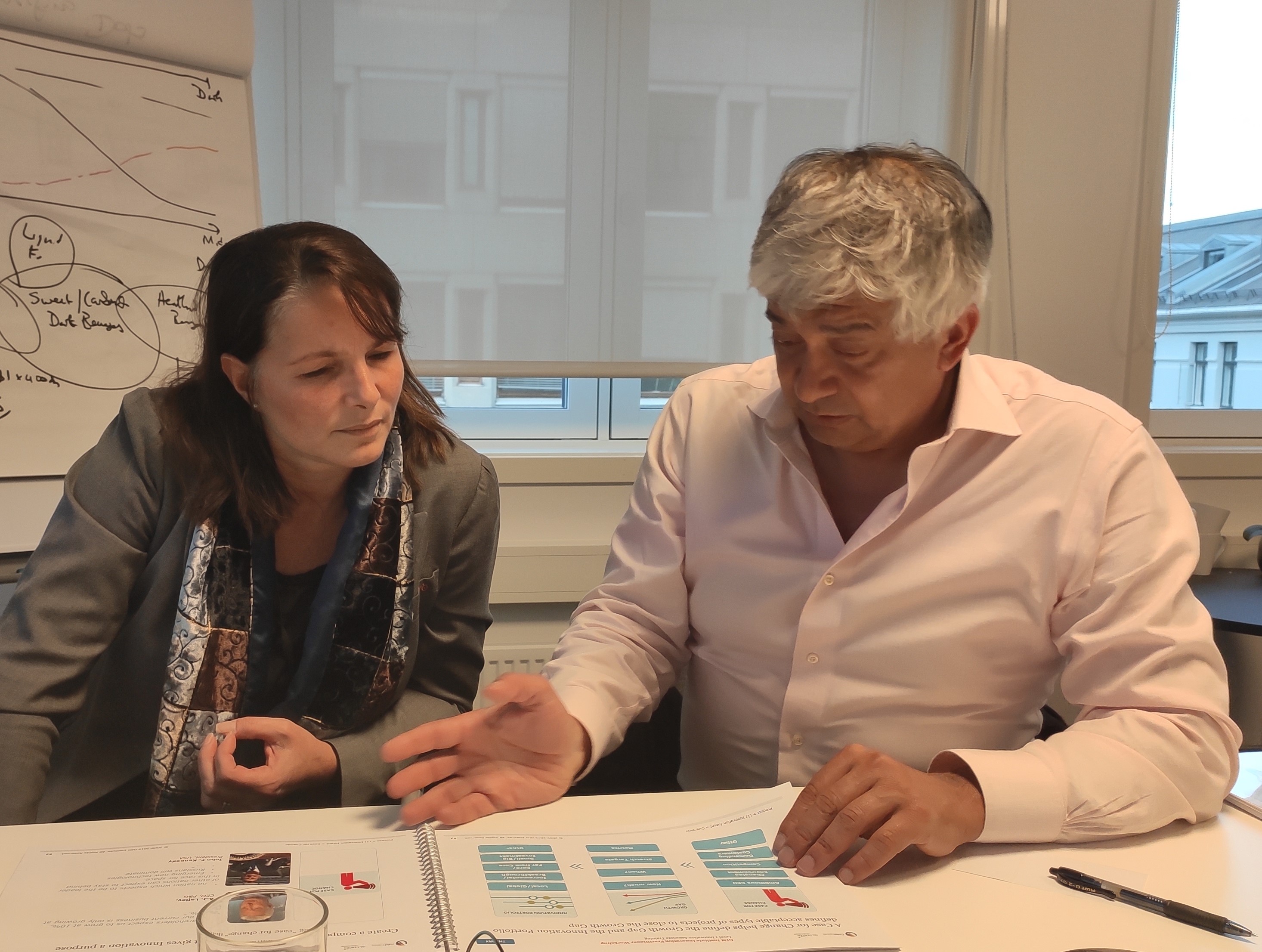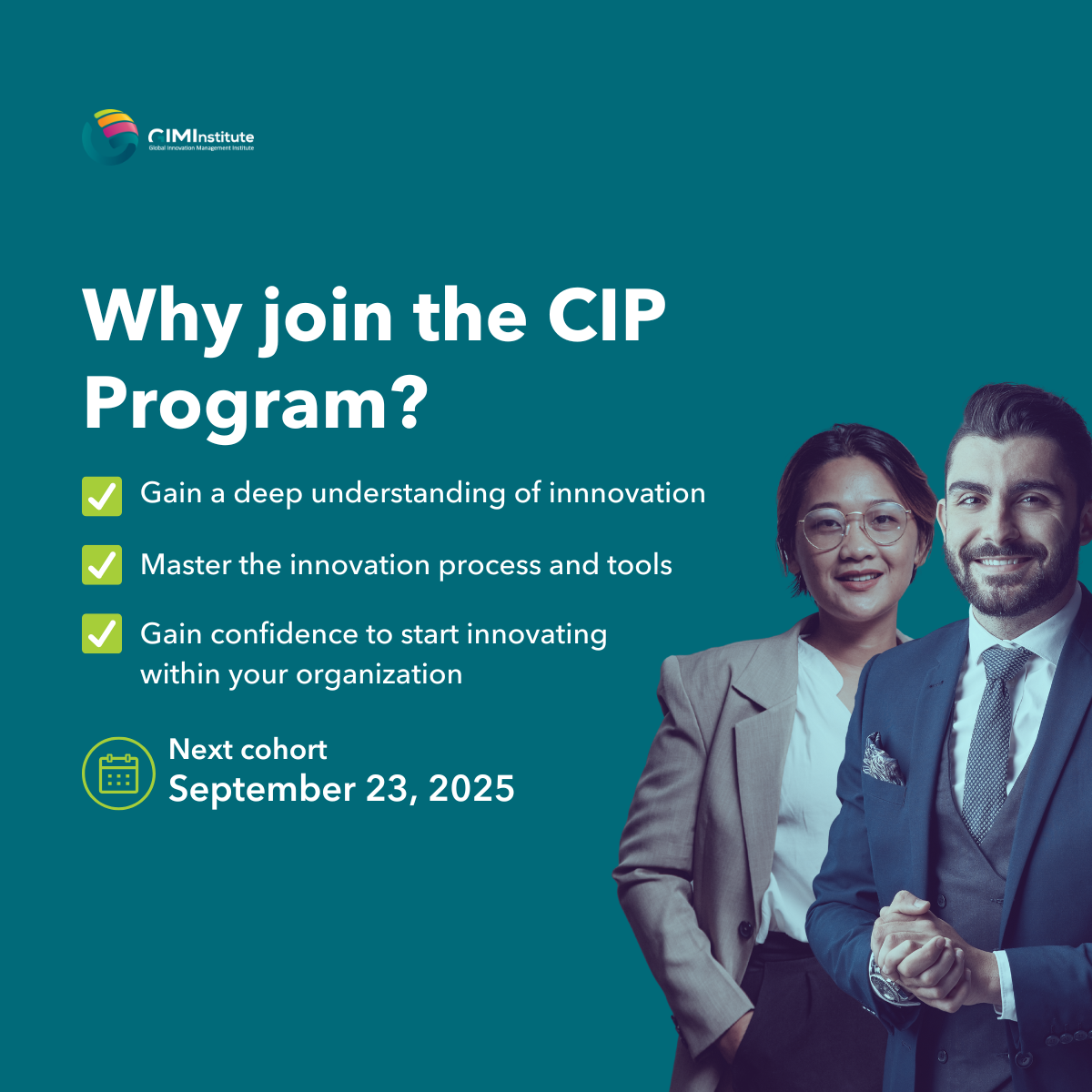Tasks of a Chief Innovation Officer: External Idea Sourcing
Source: Forbes
It’s a high priority for firms in virtually every industry to innovate, and companies are responding differently in how they organize to tackle the challenge. Some have created Chief Innovation Officer and/or Chief Design Officer positions that can report to either Chief Marketing Officers, Heads of R&D, or directly to the President. The tasks of whoever is in charge of maximizing the company’s innovation activities should involve both external and internal activities and programs to make their companies as innovative as they hope them to be. Today’s post focuses on external activities to make firms more “innovative.”
The Primary External Activities That A Chief Innovation Officer Should Launch To Make Their Organization More Innovative Include:
- Communicating idea sourcing needs/challenges to external communities.
- Creating internal teams, often as part of Open Innovation departments, to scour the world collecting inspiring stimuli, bench-marking relevant firms, and looking for potential partners and acquisition candidates
- Organizing the collected stimuli so it can be easily searched for and found by those who would benefit from it inside the firm.
Communicating The Company’s New Product Idea Needs to External Communities
Companies like P&G, Unilever and Lego communicate new product idea challenges externally on their websites to crowd-source solutions. Unilever has a page titled “Challenges and Wants” where the company lists challenges they have begun working on and projects they’d like to work with partners on, which they call wants.
The Lego Cuusoo site invites consumers to share their new product concepts. If the idea inventor can generate support from 10,000 people, a Lego committee will review the idea. If selected, the inventor receives 1% of the net product sales.
Other firms, like toy companies, inform outside inventors who invent for specific industries, and send their in-house product designers on inventor sweeps to review outside inventor ideas several times a year.
Engaging Internal Employees to Collect Stimuli Outside the Firm
Ways to do this include:
- Creating and disseminating regularly scheduled newsletters (daily, weekly or monthly) with examples of relevant innovations from other competitors, industries, or countries.
- The late, great Chicago chef, Charlie Trotter encouraged all his employees to bench-mark other restaurants on their vacations and share their observations in town-hall type staff meetings when they returned.
- Many firms identify know-how they need to achieve long-term strategies and then look externally for acquisition candidates.
- Strategic partnerships with suppliers, like P&G’s partnership with BASF chemicals or Boeing and Airbus’s partnerships to outsource aircraft materials, components and systems bring in new technology, processes and ideas.
- Expanding the profiles and prior work experience of new employees can bring in fresh thinking.
- Adopting the new trend of allowing non-employees to lease office space can add fresh conversation and ideas to firms.
- Periodic meetings with retailers enable firms to explore trends that have the potential to migrate across product categories.
- Visits to inspiring environments like Materials ConneXion, a library and consultancy for new materials, or to trendy retailers in other industries or countries, or to trade shows where new products are being introduced.
- Engaging with universities and design schools for fresh, unencumbered thinking by a younger generation of talented students, or with academic niche research specialists. The Danish fashion e-commerce firm MUUSE scouts future fashion designers at top fashion institutes globally, for promising new talent to work with.
- Sending employees to hear inspiring experts outside the firm, through TED Talks, or meeting with successful innovators in their workplaces, labs, studios, and offices in diverse creative fields and industries through Inventours’™ programs, where attendees hear innovation philosophies and techniques first-hand and see how different physical and mental work environments impact creativity.
- Bench-marking other industries for relevant technologies, processes, equipment, devices, and materials. In researching how to manufacture its early iMac computers to have colored, glossy exteriors, Apple AAPL +1.12% reportedly benchmarked jellybean factories to see how they achieved the shiny, colorful exteriors. The trickiest aspect of bench-marking is determining which industries are relevant. A recent great example is BMW’s partnership with the U.S. Olympic Bobsled Team TISI +0.96% to maximize handling around curves at high speeds: performance needs common to both high-end autos and bobsleds. Both firms were able to incorporate the joint learning into improving their vehicles.
Disseminating the Stimuli
Part one of the challenge is developing procedures for collecting and bringing stimuli into firms. Part two is making the stimuli easily findable and searchable for the individuals internally who would benefit from it. A mix of physical and digital stimuli is a great. Physical stimuli are more multidimensional and tangible but take up a lot of space. Digital stimuli can be more easily searchable, but also easier to forget about or ignore. Ways to share stimuli that has been collected include:
- Creation of a central repository that’s easily searchable, so employees know where and how to access the information. This could involve dedicating a room, and hiring a librarian or information curator, and/or creating a searchable, digital database.
- Periodic reports can be distributed to share knowledge brought into the firm.
- Periodic presentations could be scheduled to share the knowledge.



